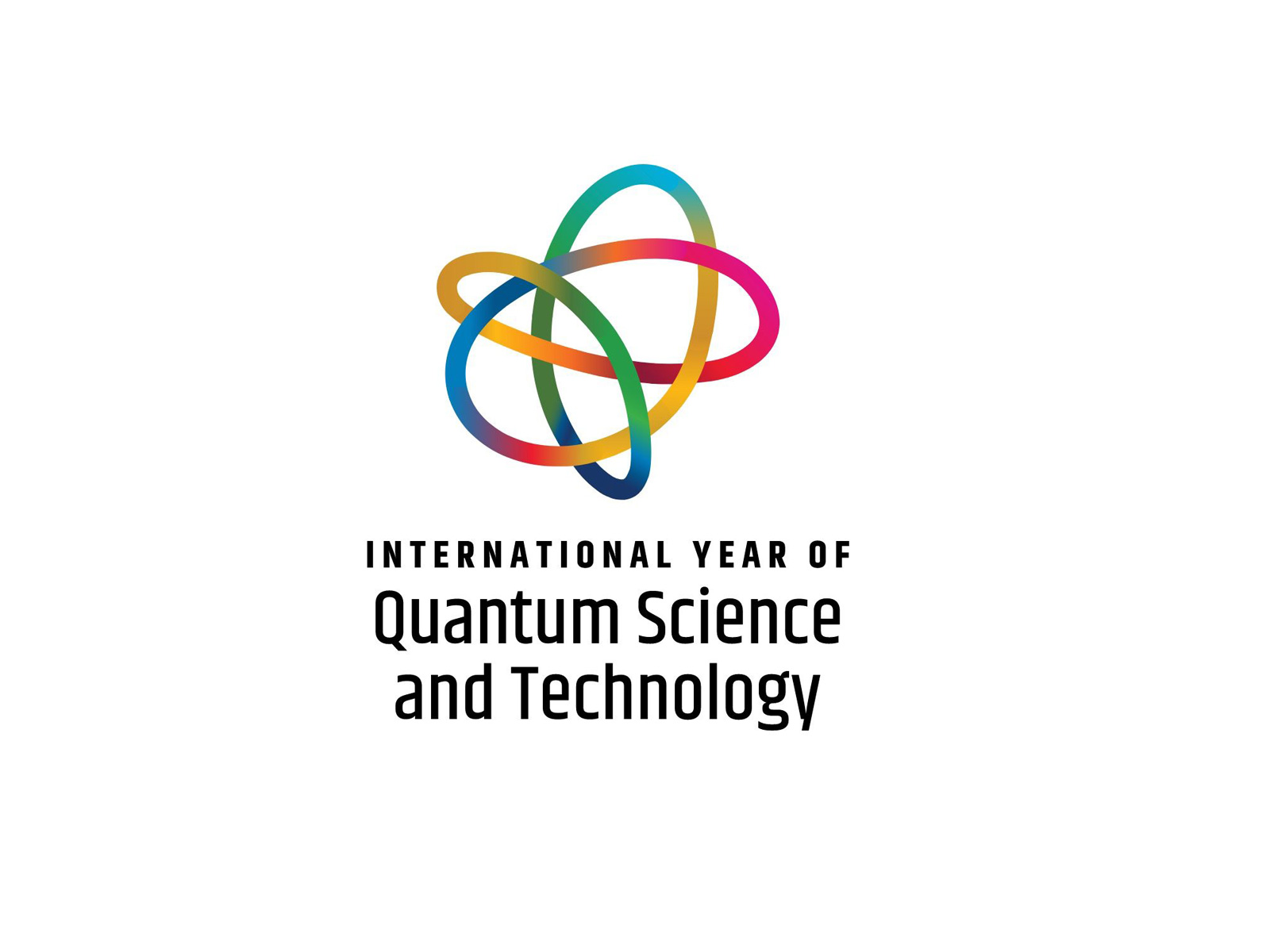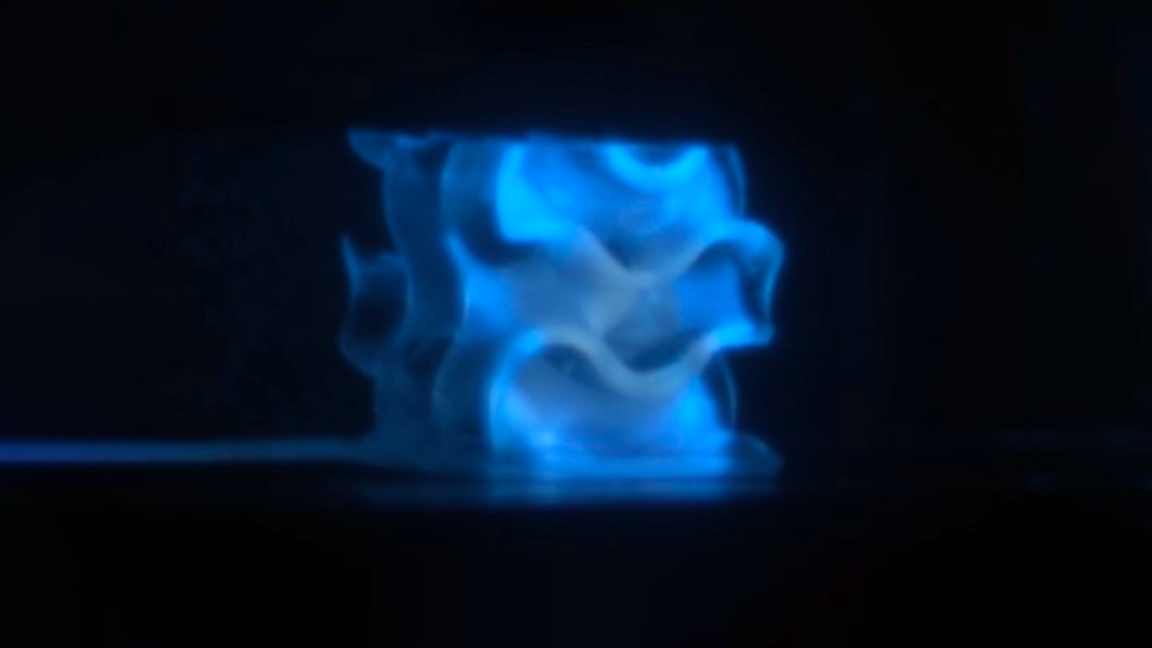 The inauguration ceremony of the construction work for the gigantic Long Baseline Neutrino Facility (LNBF), which involves a community of about 1,000 scientists and engineers from 30 countries, took place yesterday in the Sanford Underground Research Facility (SURF) in South Dakota (USA). LNBF will host the world’s largest experiment, with international governance, for the study of the properties of neutrinos: the Deep Underground Neutrino Experiment (DUNE), which will study neutrons generated and sent 1300 km away from the Fermilab in Chicago, the leading American national laboratory for research on accelerators and particle physics. The experiment has two main scientific goals in studying neutrino: measuring the neutrino mass hierarchy and measuring the violation of symmetry between matter and antimatter (CP violation). The project is funded by the United States Department of Energy – Office of Science in collaboration with CERN and international partners from nearly 30 countries. Dune was presented for the first time in January 2014 to the Fermilab Committee by the then director of research at CERN, Sergio Bertolucci.
The inauguration ceremony of the construction work for the gigantic Long Baseline Neutrino Facility (LNBF), which involves a community of about 1,000 scientists and engineers from 30 countries, took place yesterday in the Sanford Underground Research Facility (SURF) in South Dakota (USA). LNBF will host the world’s largest experiment, with international governance, for the study of the properties of neutrinos: the Deep Underground Neutrino Experiment (DUNE), which will study neutrons generated and sent 1300 km away from the Fermilab in Chicago, the leading American national laboratory for research on accelerators and particle physics. The experiment has two main scientific goals in studying neutrino: measuring the neutrino mass hierarchy and measuring the violation of symmetry between matter and antimatter (CP violation). The project is funded by the United States Department of Energy – Office of Science in collaboration with CERN and international partners from nearly 30 countries. Dune was presented for the first time in January 2014 to the Fermilab Committee by the then director of research at CERN, Sergio Bertolucci.
In 2015 Italy, represented by INFN, through the Ministry of Education, Universities and Research, signed a technical cooperation agreement with the DOE for research at Fermilab. Bertolucci is currently coordinating the Italian physicists, belonging to INFN, engaged with DUNE in neutrino research. Fermilab is a scientific laboratory of the US Department of Energy – Office of Science, located near Chicago, Illinois, and is managed by appointment of the Fermi Research Alliance, LLC.
You might also be interested in

EuPRAXIA chooses ELI Beamlines as second site for laser-driven accelerator

The record neutrino observed by KM3NeT
07 February 2025
Read more The record neutrino observed by KM3NeT

INFN celebrates the STEM WEEK and the International Day of Women and Girl in Science 2025

International Year of Quantum Science and Technology, 2025
03 February 2025
Read more International Year of Quantum Science and Technology, 2025

A new generation of plastic scintillators thanks to 3d printing

Capturing the accretion flow of M87* black hole
22 January 2025
Read more Capturing the accretion flow of M87* black hole